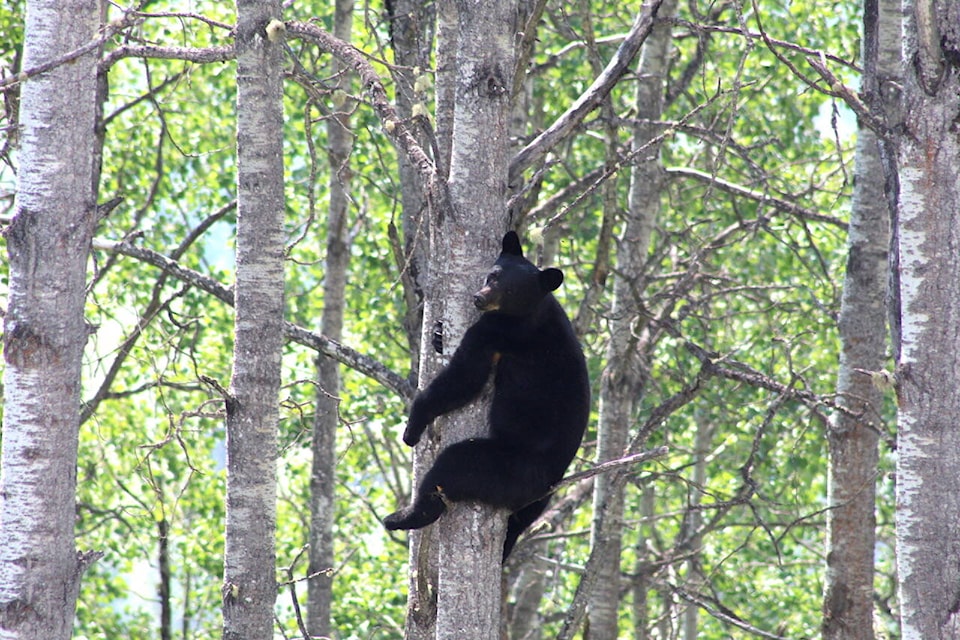A Smithers resident recently stumbled upon a deer carcass that was dumped on one of the Ptarmigan Bike Trails. The meat of the deer appeared to have been removed, suggesting a hunter may have left the carcass and hide behind according to a poster on the Smithers Community Watch Facebook group.
The poster stated they are not against hunting, but wished the alleged hunter would “find a better spot for waste.”
“Every year COS [Conservation Officer Service] receives reports of wildlife parts being disposed of in undesirable locations,” explained Environment and Climate Change Strategy Senior Public Affairs Officer David Karn in an email.
Within the Wildlife Act, there is legislation that states it is an offence to dispose of discarded remains on trails where people frequent. The Ptarmigan Trails are covered under this legislation, explained Smithers Conservation Officer Flint Knibbs.
Several comments were left on the original Facebook post, expressing concern that the remains will act as an attractant for predators.
Knibbs explained that both grizzly bears and black bears are currently in a state called hyperplasia. Bears are looking to bulk up for the winter as they prepare for hibernation.
“The only thing on their mind is eating and getting as many calories into them as quickly as they possibly can,” said Knibbs. “They will even crunch bones to get to the marrow.”
When bears come across a food source like this, it makes them “happy,” meaning they are more possessive and are more likely to guard the food source, explained Knibbs.
This is dangerous for people walking or biking these trails, as bears may attack if they feel their food source is threatened.
However, if these remains were disposed of properly, they could be quite beneficial for the local ecosystem.
“If you go way out into the wilderness and you find a big steep bank, and you roll it down a bank, it sort of completes that cycle of life type philosophy. The other scavenging animals like coyotes, wolves, eagles, and bears can naturally intake their food,” explained Knibbs.
Karn said that although reports like this are common, most hunters in B.C. “dispose of wildlife remains in an ethical manner in remote locations.”
Conservation will not clean up discarded remains. Smithers residents should either avoid these trails altogether or take increased precautions when using them according to the Conservation Office.
Knibbs recommended that anyone choosing to travel the Ptarmigan Bike Trails should make sure to bring bear bells, and in case of a bear encounter, make sure to yell and try to appear bigger.
READ MORE: Bear calls up this year
READ MORE: Smithers bear attack leaves woman, 79, with substantial injuries
